
As a huge fan of both manga and anime, I’ve always been fascinated by how tricky it is to bring a story from the page to the screen. It’s a real art to get the timing right and tell the story visually, and sometimes it just works, making the original even better. But it’s heartbreaking when an anime adaptation changes key plot points or doesn’t fully develop characters I love from the original source material. There are a few examples that fans, myself included, often point to as adaptations that really strayed from the creator’s intent, and it’s always a bit disappointing to see that happen.
‘The Promised Neverland’ (2019–2021)
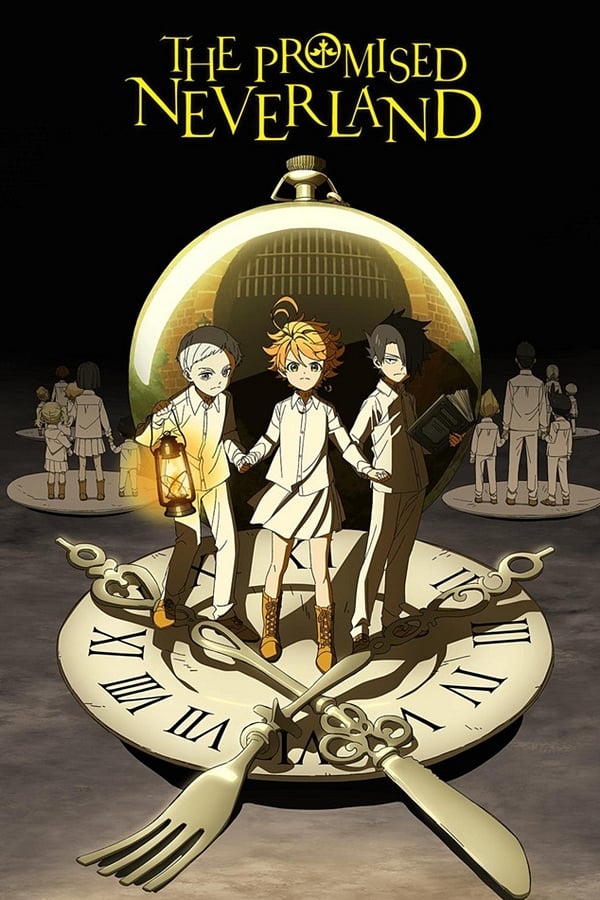
The show’s first season was highly regarded for staying true to the source material, but the second season deviated significantly. The creators chose to leave out a popular storyline, the Goldy Pond arc, and quickly wrap up the rest of the story in just eleven episodes. This resulted in a rushed finale that crammed a lot of plot into a short montage. By doing this, they lost the suspense and careful planning that made the original story so good.
‘Tokyo Ghoul’ (2014–2018)
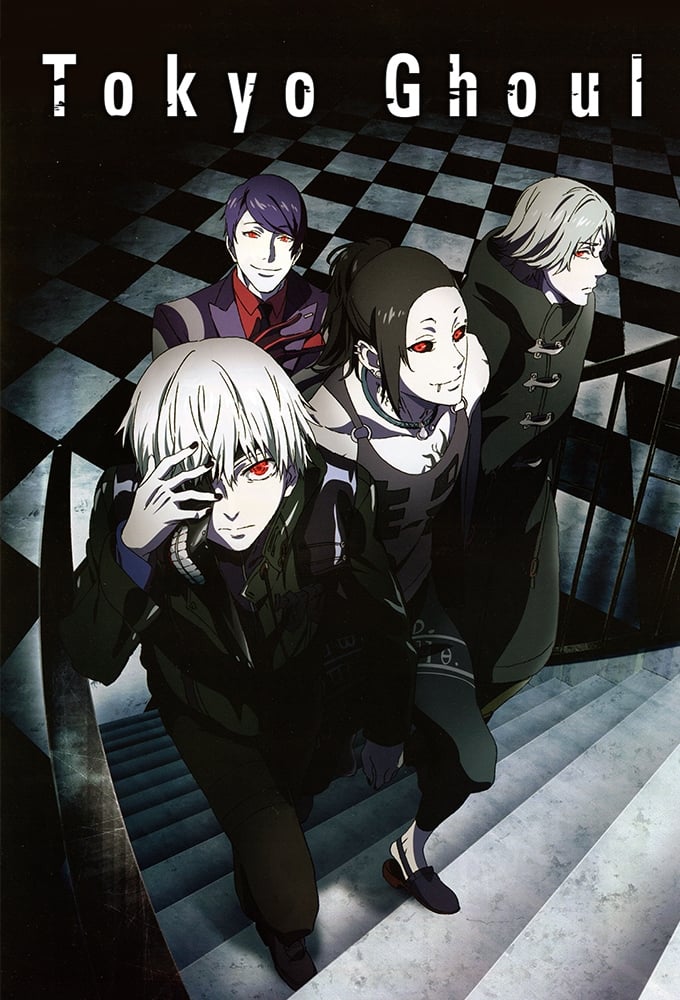
The first season of the show was a hit, but the second, called Root A, took a completely different direction from the original manga, telling its own story. This change confused viewers and caused problems when the third season tried to go back to the manga’s plot without explaining things clearly. Key details about the character Kaneki Ken got lost in the messy storytelling and fast pace. The animation also got worse in later seasons, which disappointed many fans of the series.
‘Berserk’ (2016–2017)
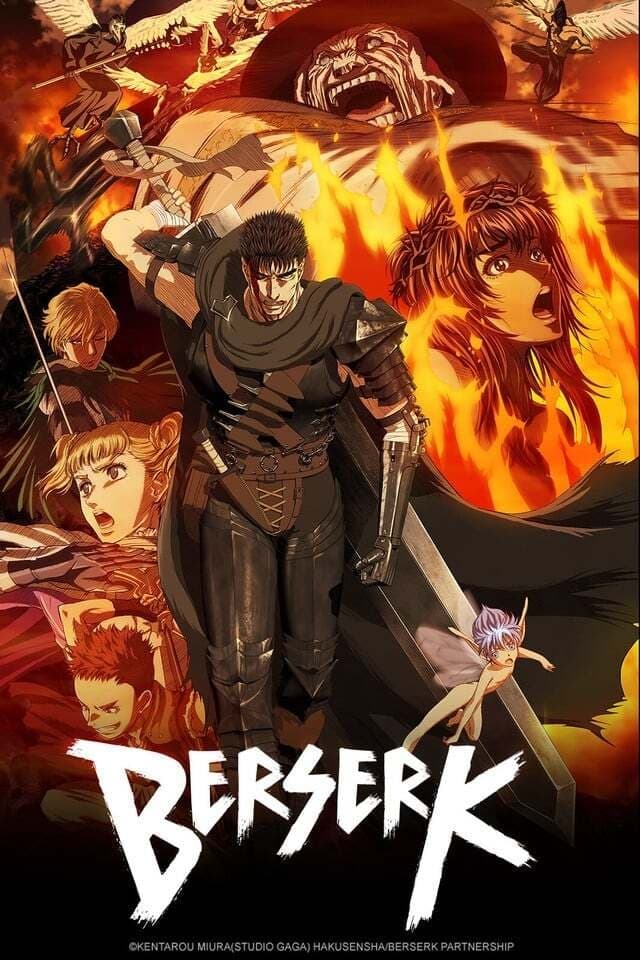
As a huge fan of Kentaro Miura’s work, I was really disappointed with this adaptation. His art is so detailed and amazing, but it just didn’t come across on screen. They used a lot of clunky CGI that felt totally out of place with the dark, serious vibe of Berserk. Plus, the story felt rushed – they skipped over the Lost Children arc, which was important, and then sped through the Conviction arc. Honestly, the directing and sound just didn’t have the same punch and emotional weight as the manga panels. It really didn’t do the source material justice.
‘Soul Eater’ (2008–2009)
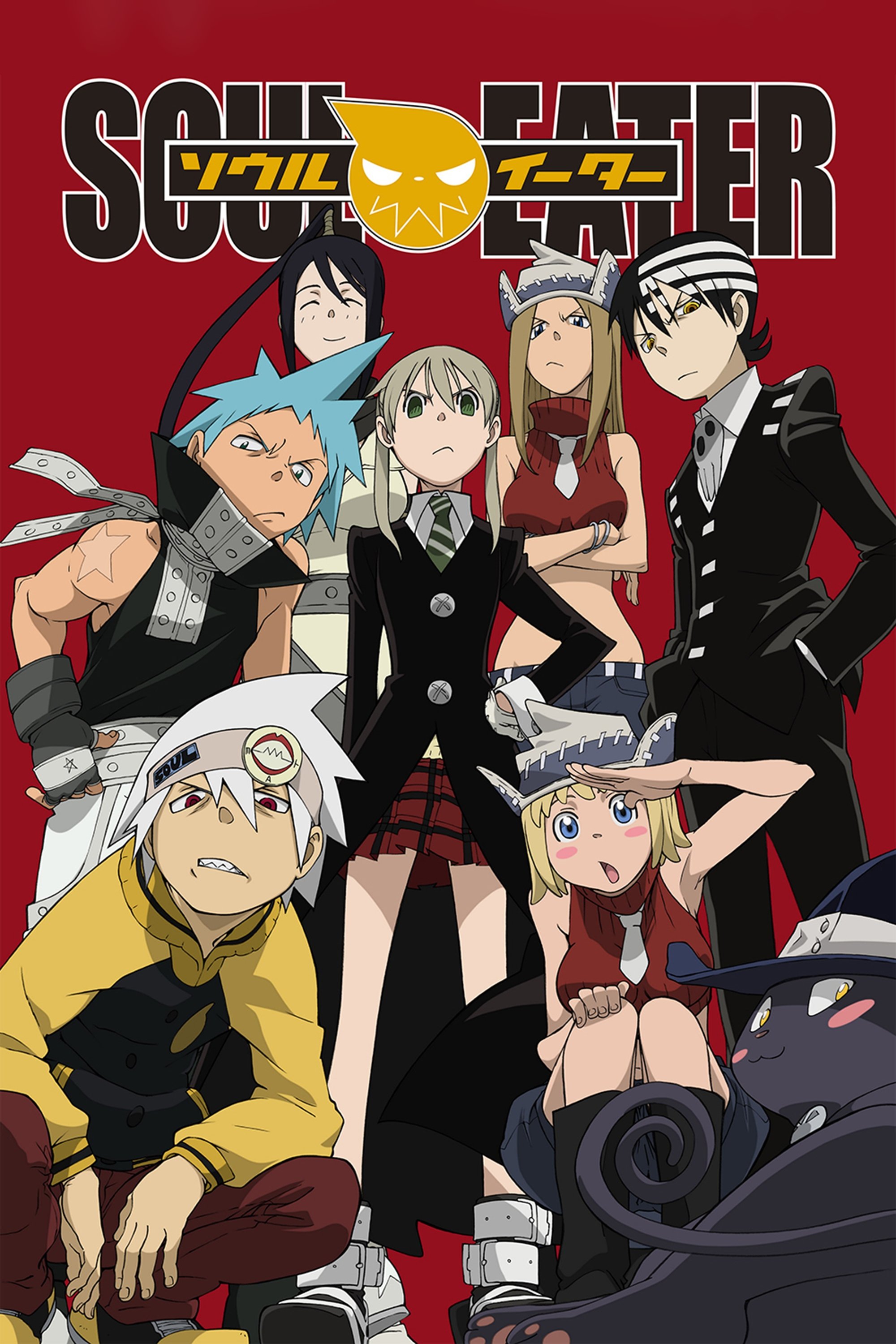
The anime version of the story moved ahead of the original manga, which meant the animation studio had to create its own ending. This change in direction happens after the fight at BREW, where the anime’s plot departs from the complex themes found in the manga. For example, the character Maka Albarn defeats the villain Asura in a way that doesn’t fit with how powers work in the series. This ending left several storylines unfinished and didn’t include details about the story’s history that the manga author added later.
‘Akame ga Kill!’ (2014)

The anime adapted the story beyond what was available in the original manga, forcing the creators to write a new ending. This meant some characters who lived in the manga died in the anime, and Tatsumi and Mine experienced very different outcomes. The final fight also played out differently, leaving out important developments with the powerful Imperial Arms. Ultimately, these changes led to a darker ending that didn’t offer the same sense of resolution as the manga’s conclusion.
‘Claymore’ (2007)
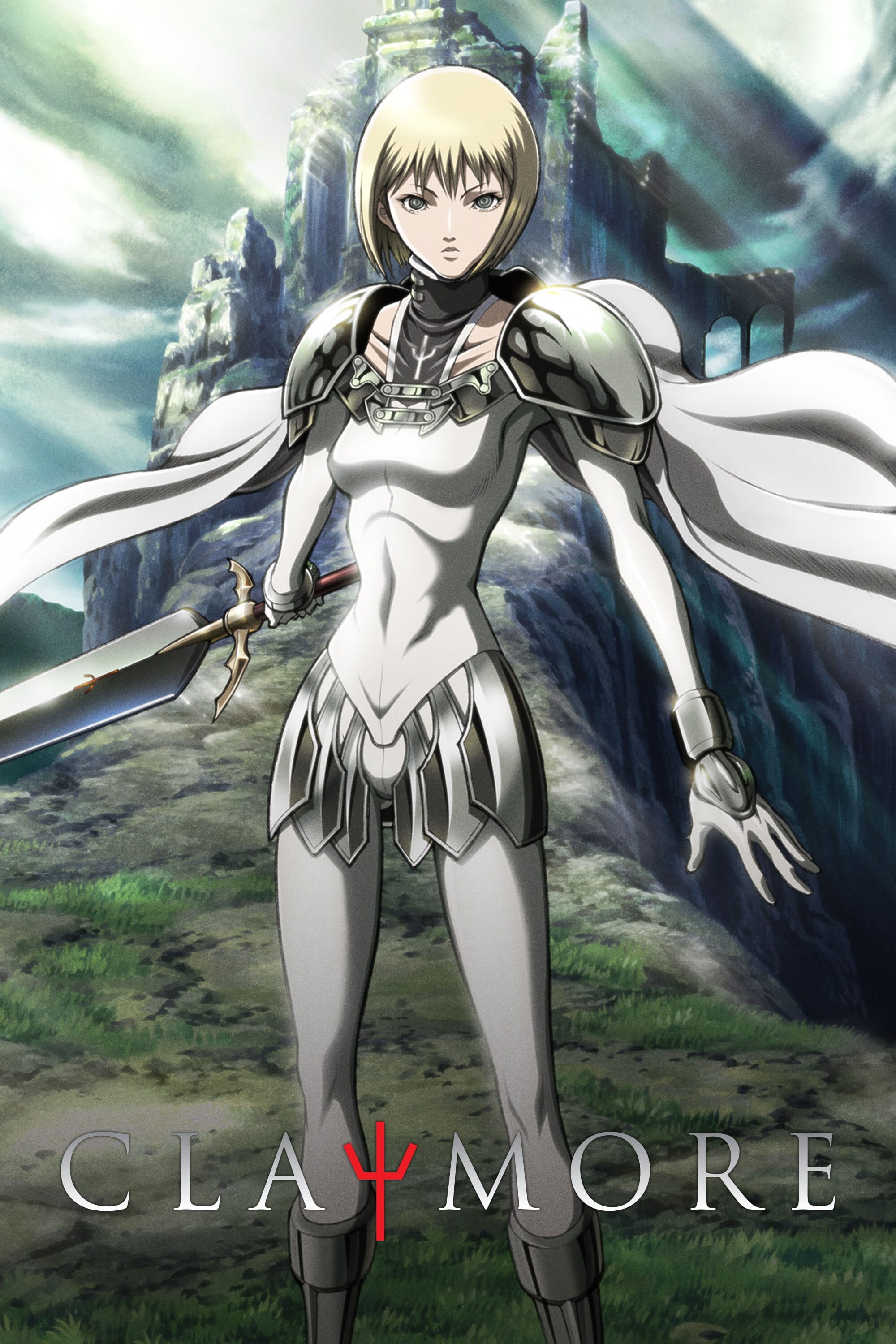
For most of the series, the anime stayed true to the original story. However, the ending was completely different. The climactic fight between Clare and Priscilla happened much sooner than in the manga, and felt rushed because it didn’t properly build up the characters’ powers. The anime also skipped over important details about the island and the group pulling the strings, which meant it couldn’t explore the wider world and deeper story that makes the second half of the manga so compelling.
‘Rosario + Vampire’ (2008)
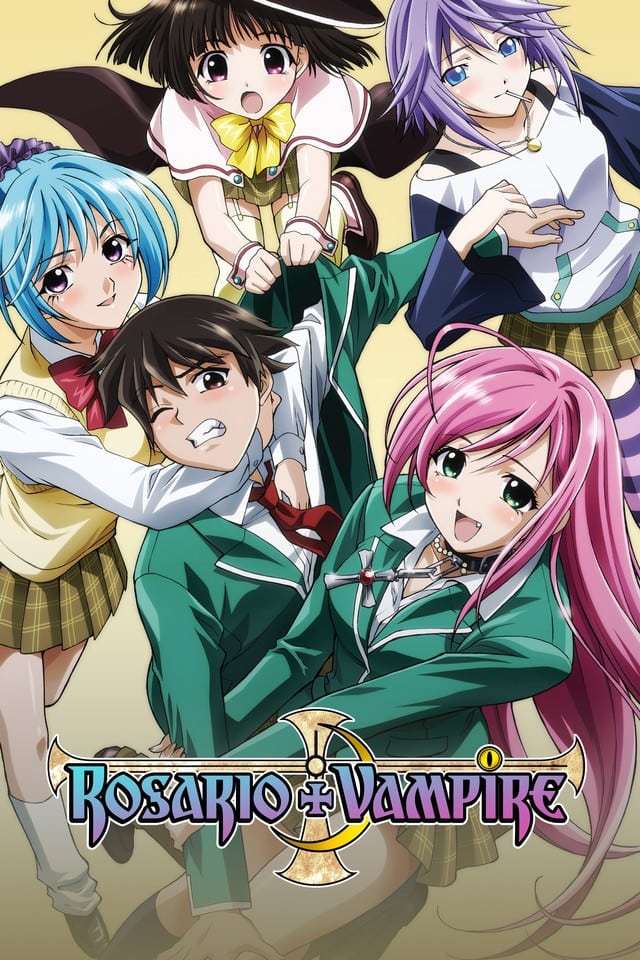
The manga is an action-packed story with characters who develop significantly and exciting battles. However, the anime version leaned heavily into romantic comedy, ignoring much of that. In the anime, the main character, Tsukune Aono, stays relatively weak, while the manga shows him becoming a powerful ghoul. The anime also toned down the darker themes and complex storyline, opting for self-contained, fan-focused episodes. This change upset fans who were hoping for the action and fighting that made the original manga so appealing.
‘Deadman Wonderland’ (2011)
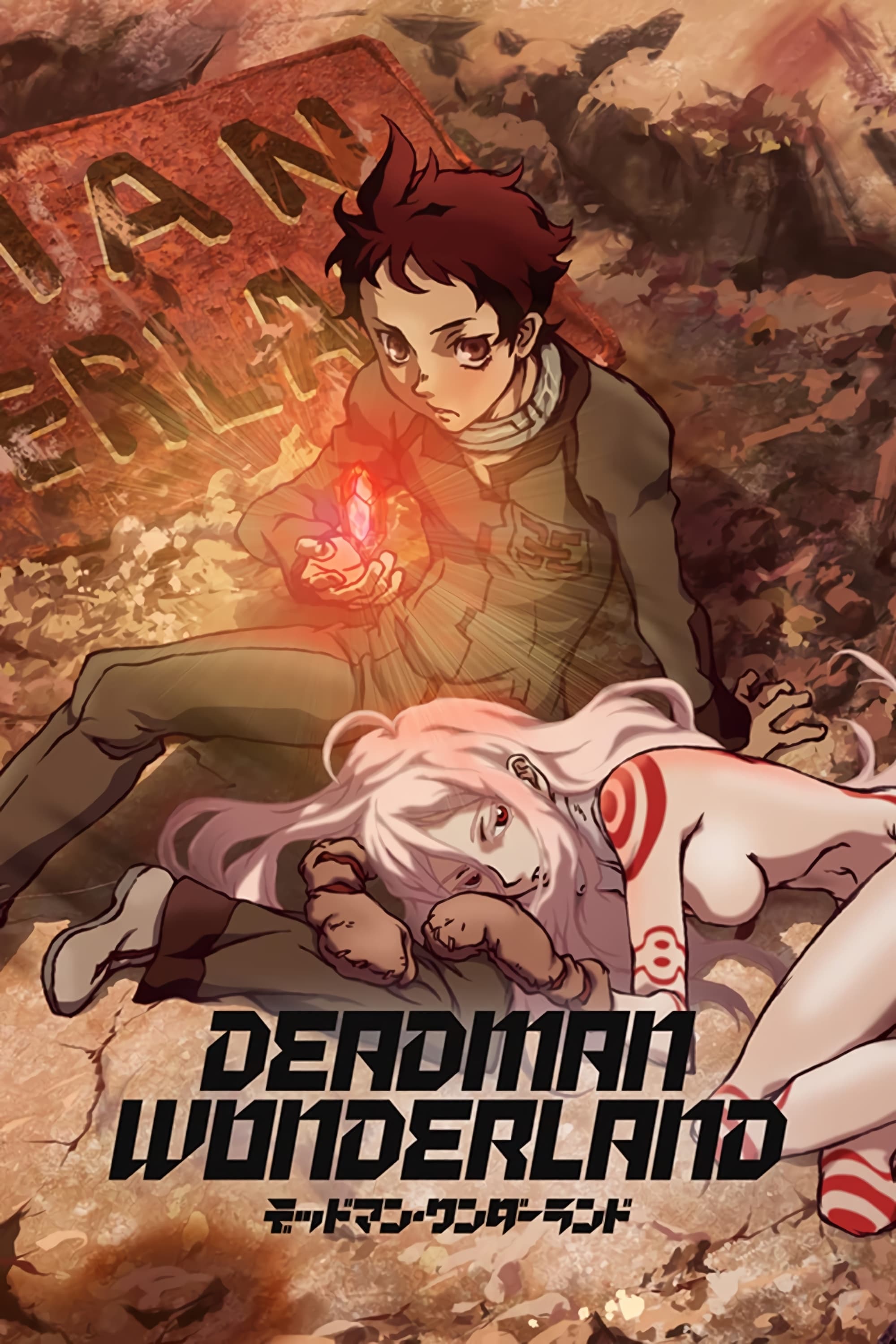
The anime adapts only the beginning of the manga, but it leaves out important characters who will be crucial later on. Most notably, the character Azami Mido is missing, and she’s key to the main character, Ganta Igarashi’s, growth. This omission makes continuing the story in a second season very difficult without starting over completely. The anime ends abruptly, leaving the biggest questions about the Red Man and the prison unanswered.
‘Blue Exorcist’ (2011)
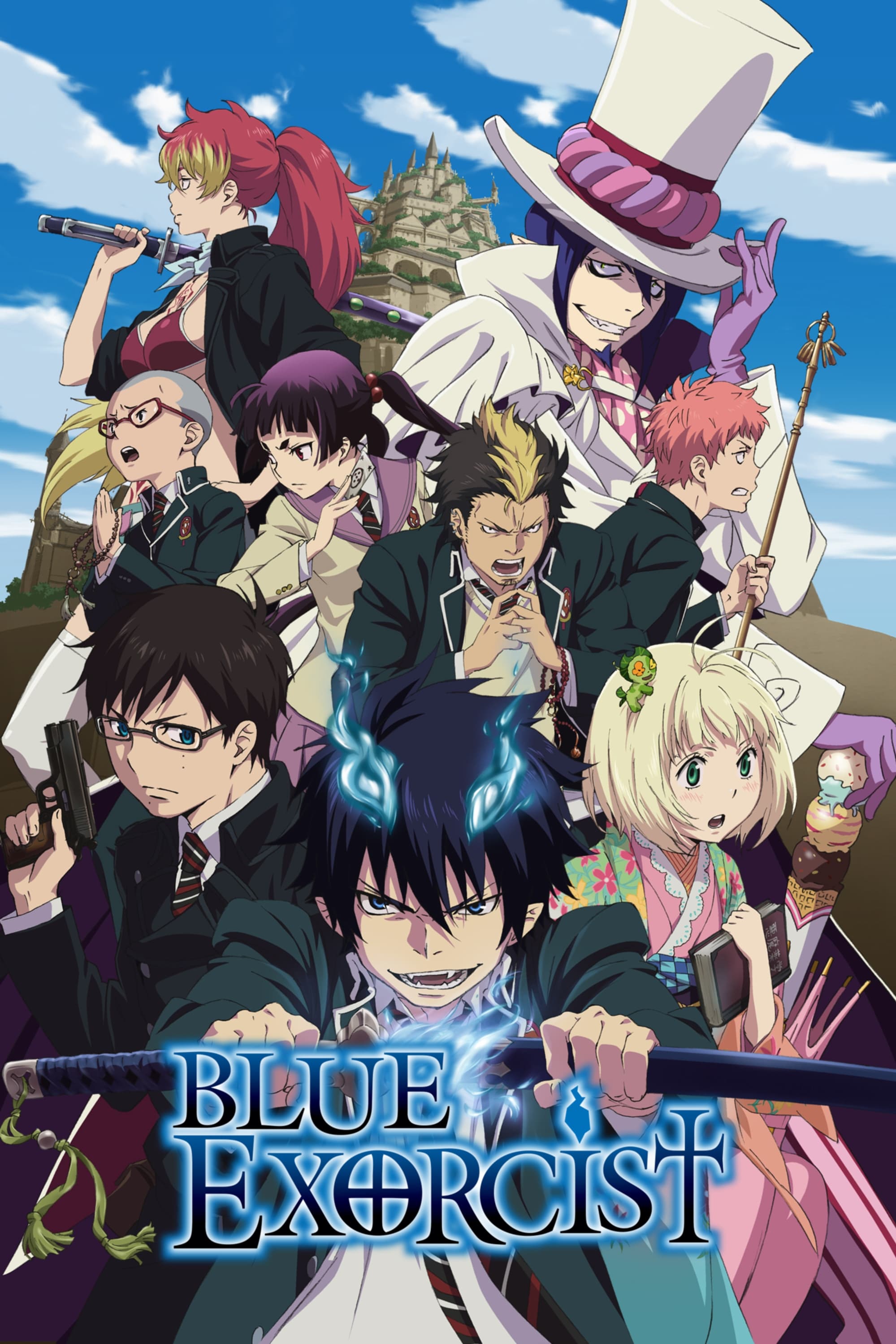
The anime’s first season took a different path than the original manga about halfway through, introducing a storyline where a main character was possessed by Satan. This new plot didn’t fit with the established rules and background of the series, which were created by author Kazue Kato. The following season, ‘Kyoto Saga,’ completely disregarded these extra episodes and continued the story as if they never happened. This makes it confusing for people new to the series to understand the main story arc of Rin Okumura.
‘Fruits Basket’ (2001)
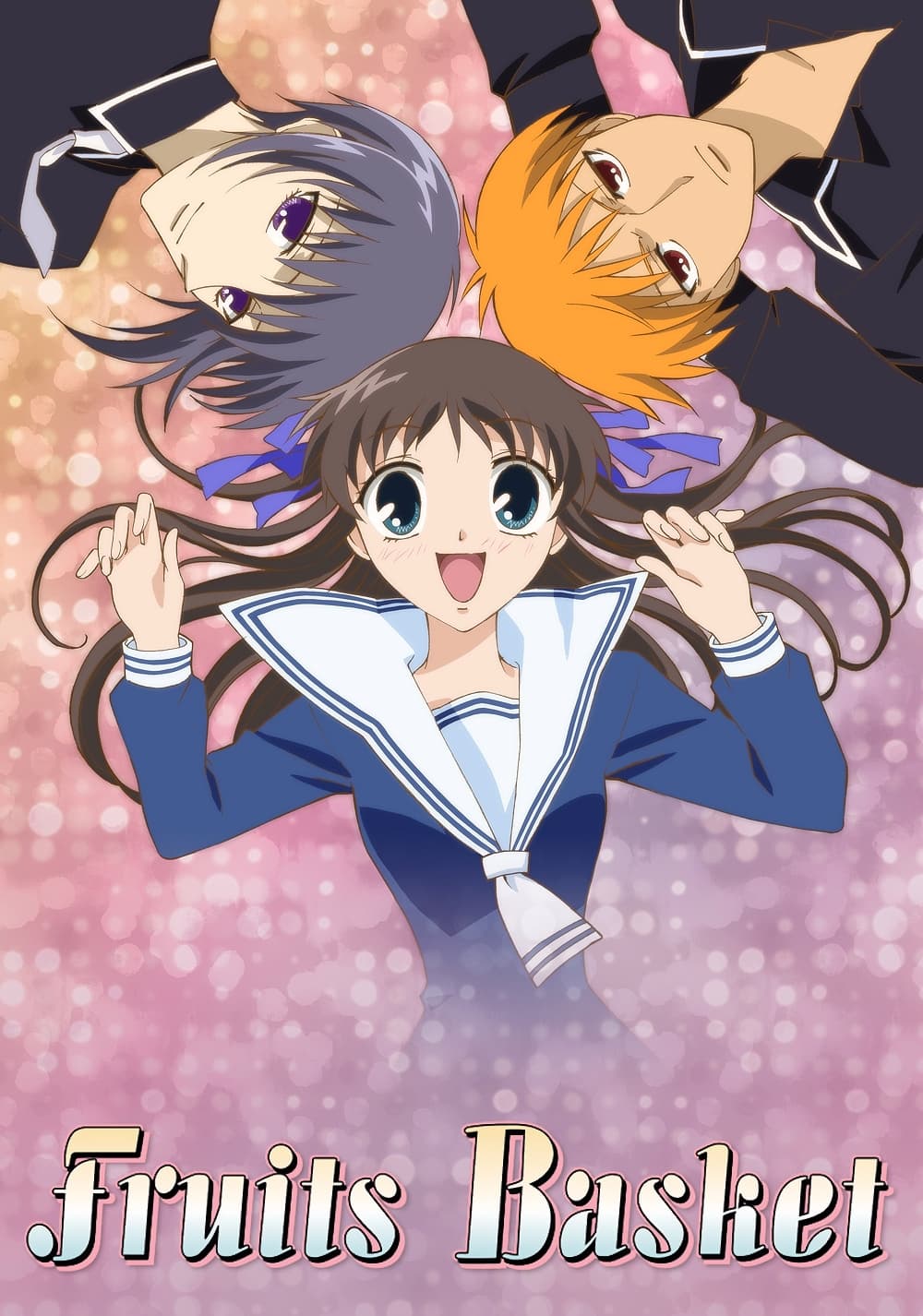
I first discovered this beautiful story when its anime adaptation came out, and it was so exciting because the manga was still being written! The director had a really interesting vision, focusing on the funny parts and leaving out a lot of the heavier, more emotional stuff. It meant some of the Sohma family members and their painful pasts weren’t shown at all, which was a bit disappointing. And the ending? It was completely new and didn’t explain the curse or really get into who Akito truly was. It was a different take, for sure!
‘Gantz’ (2004)
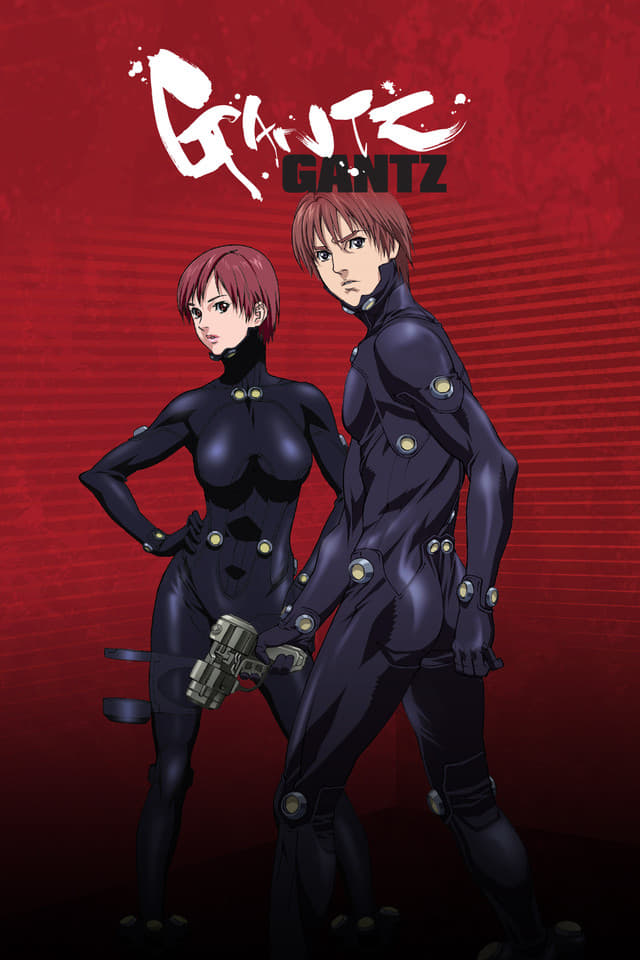
The anime closely follows the first three main story arcs, but then creates its own ending that doesn’t come from the original source material. This new ending is confusing and breaks established rules of the series, losing the intriguing mystery and psychological depth of the alien threat. Unfortunately, the animation quality also declines noticeably in these final episodes, falling short of the detailed artwork found in the manga.
‘Fullmetal Alchemist’ (2003–2004)
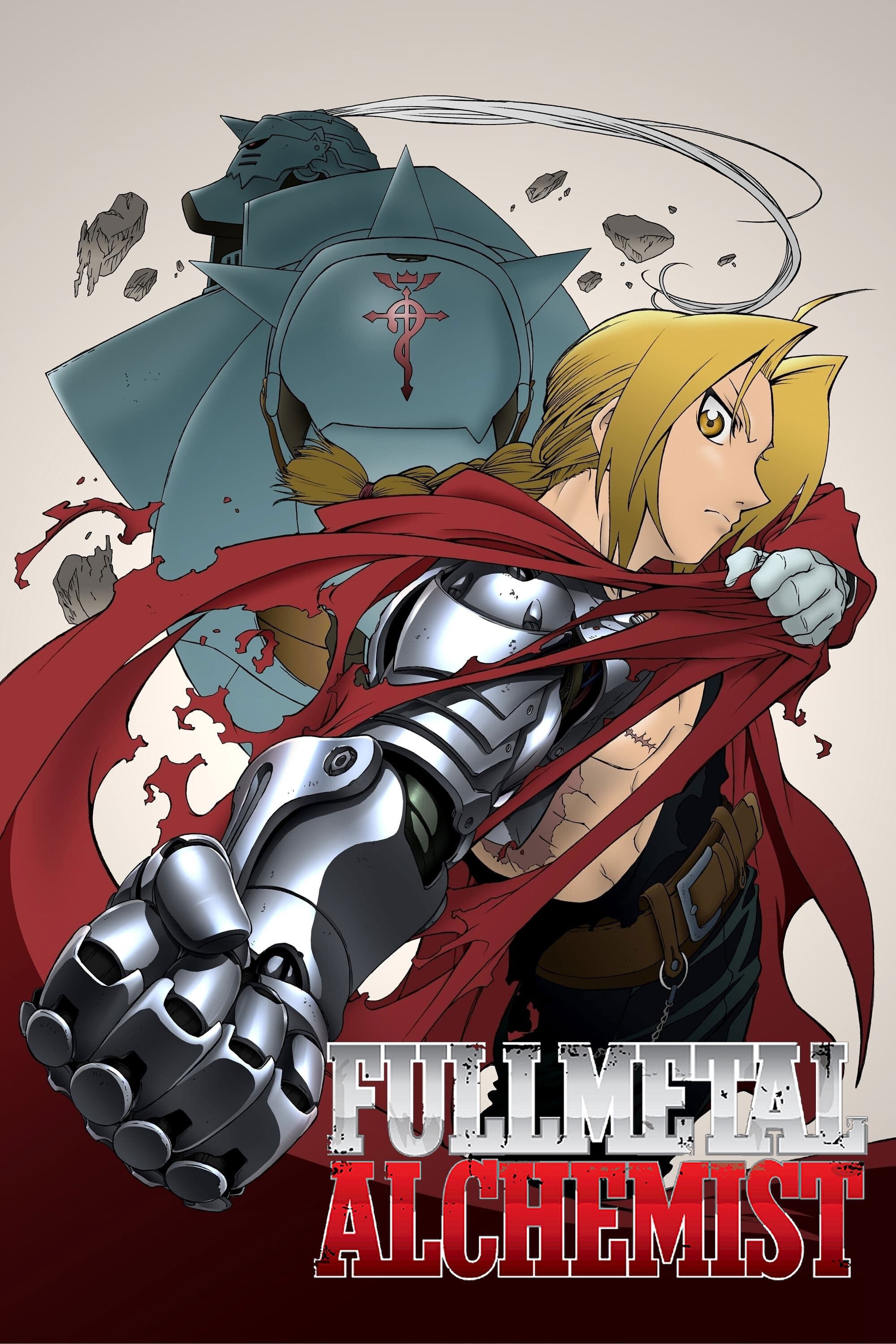
When Bones studio began animating this series, the manga wasn’t yet complete, and they asked the author for permission to develop their own story arc. As a result, the origins of the Homunculi and the antagonist’s goals are quite different from Hiromu Arakawa’s original manga. Instead of Father, the villain is Dante, and the Gate of Truth is linked to our world during World War I. Though the series received positive reviews, it tells a story that’s significantly different from the source material.
‘Hellsing’ (2001–2002)
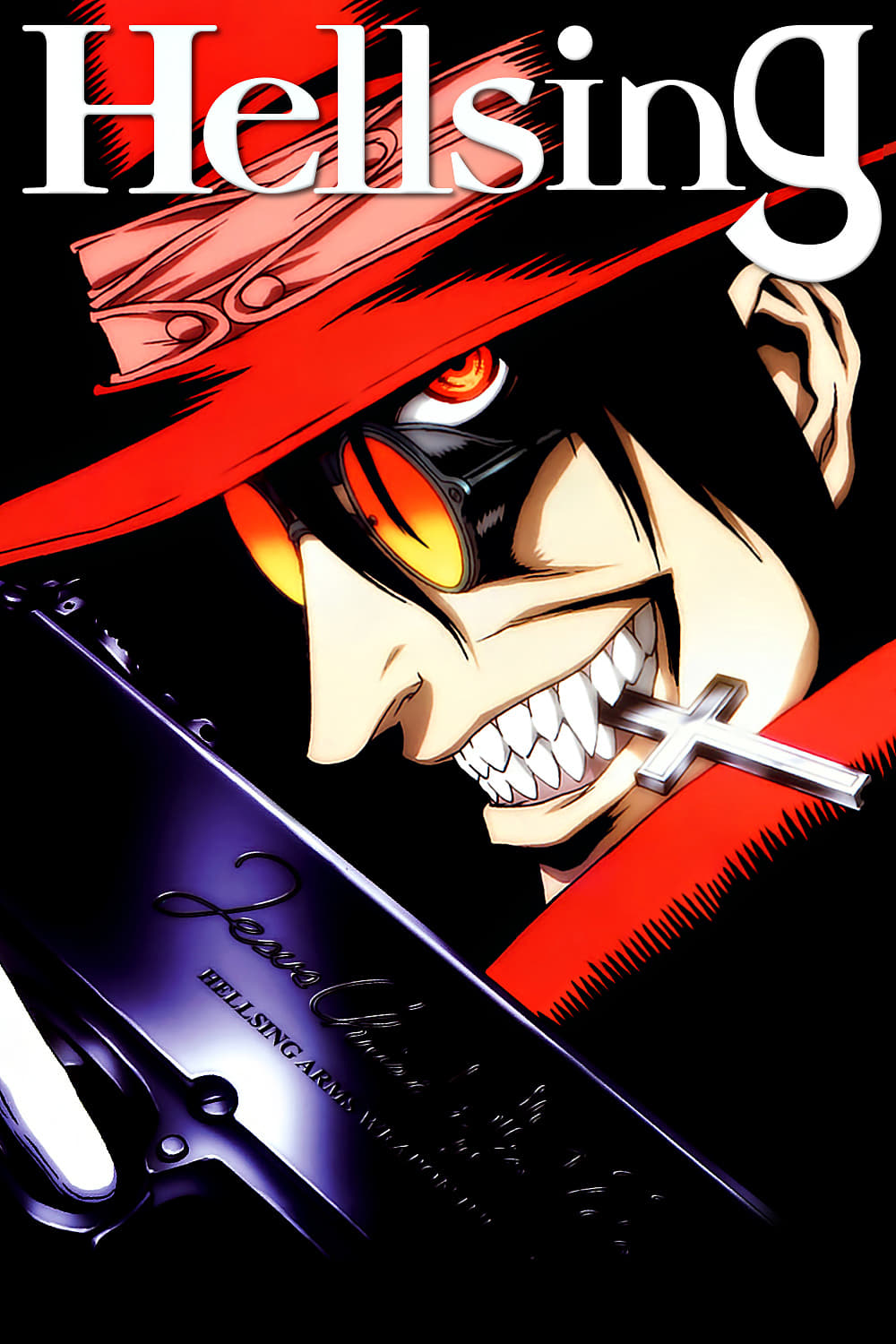
This TV show departs from the original manga by sidelining the powerful Millennium organization and introducing a new villain called Incognito. Instead of a complex story about Nazi vampires and the Vatican, it features self-contained monster episodes. The character of Alucard is portrayed with different personality traits, and the animation isn’t as detailed as the manga’s artwork. Ultimately, the series ends on a smaller scale, lacking the large-scale war that’s central to the later parts of the manga.
‘Umineko: When They Cry’ (2009)
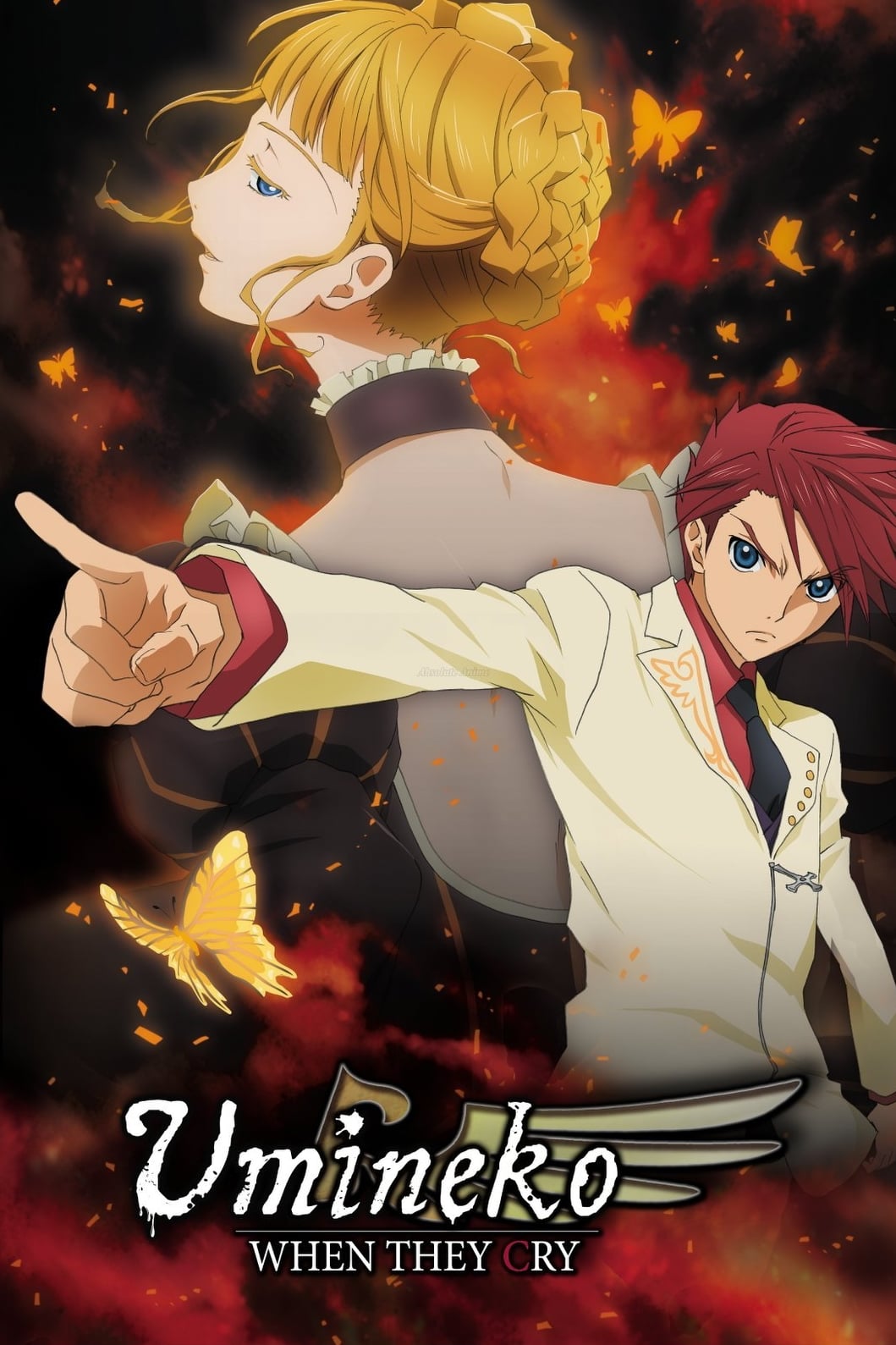
Turning this visual novel into a 26-episode anime didn’t work well. Important clues and key story elements were either left out or weren’t explained clearly. The characters’ complicated reasons for acting, and the story’s deeper, layered plot involving the witches, were simplified so much that they became confusing. Fans of the original game have pointed out that the anime doesn’t give viewers enough information to actually solve the mystery.
‘ChäoS;HEAd’ (2008)
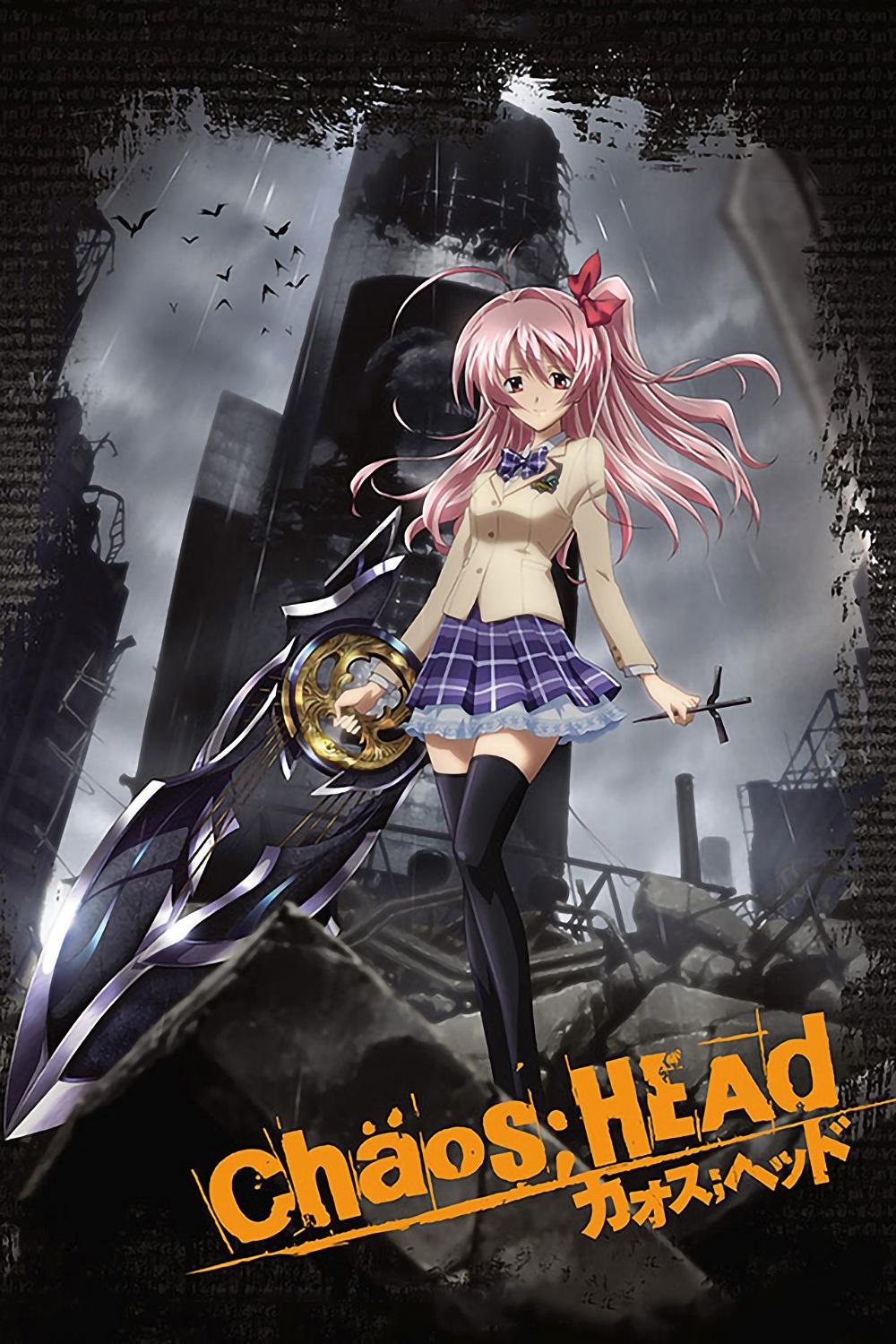
This anime adaptation of a lengthy visual novel tries to fit a lot into just twelve episodes, resulting in a rushed and confusing experience. It glosses over the intricate scientific and psychological ideas, and the uneven pacing makes it hard to understand how the story’s core delusion system works. Important scenes that would have built up the protagonist Takumi Nishijou’s paranoia were cut, and the animation isn’t consistently strong enough to create the unsettling, frightening mood of the original source material.
‘Lunar Legend Tsukihime’ (2003)

Many fans of the original visual novel wish this anime adaptation didn’t exist, as it doesn’t do justice to the story. The anime tries to blend different storylines together, but ends up with underdeveloped romantic relationships and a shallow exploration of the vampire world. A key part of the main character, Shiki Tohno – his inner thoughts – is missing, and he doesn’t feel as compelling as in the game. While the music creates a good atmosphere, weak animation and a lack of depth in the storytelling make this a disappointing adaptation.
‘Pupa’ (2014)

The manga, originally a horror story, was turned into a series of very short, four-minute episodes. To make it suitable for a wider audience, the show heavily censored the violence and disturbing imagery that were key parts of the story. Unfortunately, the choppy editing makes the plot hard to understand and damages the emotional connection between the two main characters. As a result, a compelling and unsettling story has been reduced to a confusing series of clips.
‘Hakyu Hoshin Engi’ (2018)
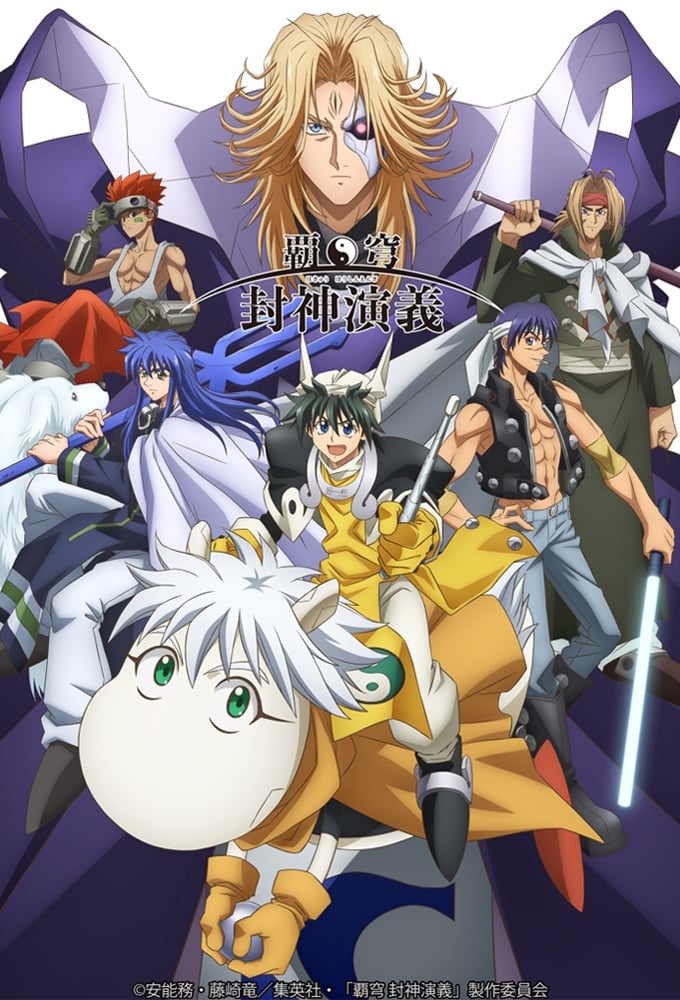
This new version tried to adapt a 23-volume manga series into just 23 episodes. As a result, the story feels rushed, cutting out whole storylines and skipping over character development. People unfamiliar with the original manga often struggled to understand the plot because it jumped around so much. The fast pace also meant that battles didn’t have the emotional impact they should have, as viewers didn’t have enough time to get to know the characters.
‘Toriko’ (2011–2014)

The anime adaptation features a reporter, Tina, who wasn’t in the original manga, and she gets a lot of screen time. To make it suitable for a younger, daytime audience, the show significantly cuts down on violence and gore. The ending also differs greatly from the manga, wrapping up the conflict with the Neo organization quickly. These changes softened the dark and intense action that fans loved about the original series.
‘Black Butler’ (2008–2010)
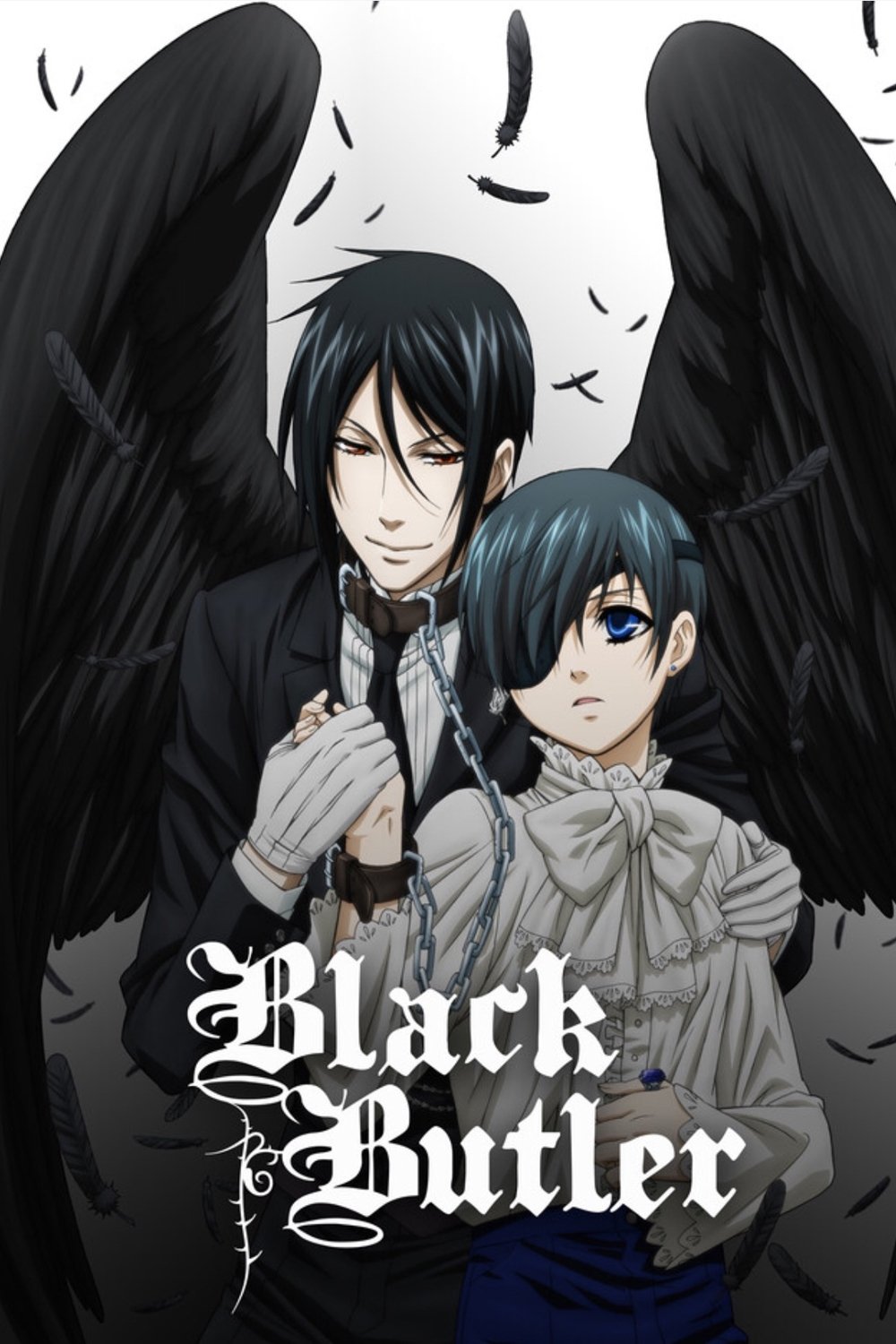
The anime’s first season starts by following the manga, but then takes a different path halfway through. This leads to a second season with a completely new story. This season focuses on a new master and butler duo and changes Ciel Phantomhive’s established personality. Later, the ‘Book of Circus’ series was created to essentially reset the story and accurately adapt the original manga content.
‘Twin Star Exorcists’ (2016–2017)

The anime adaptation by Studio Pierrot includes a new mascot, Kinako, which changes the overall feel of the show. It also adds a lengthy, original storyline focused on the Dragon Spots, slowing down the progress of the main plot. This extra content diminishes the development of the relationship between Rokuro and Benio, and the anime portrays the power levels and the nature of the Kegare differently than the original manga.
‘Rave Master’ (2001–2002)
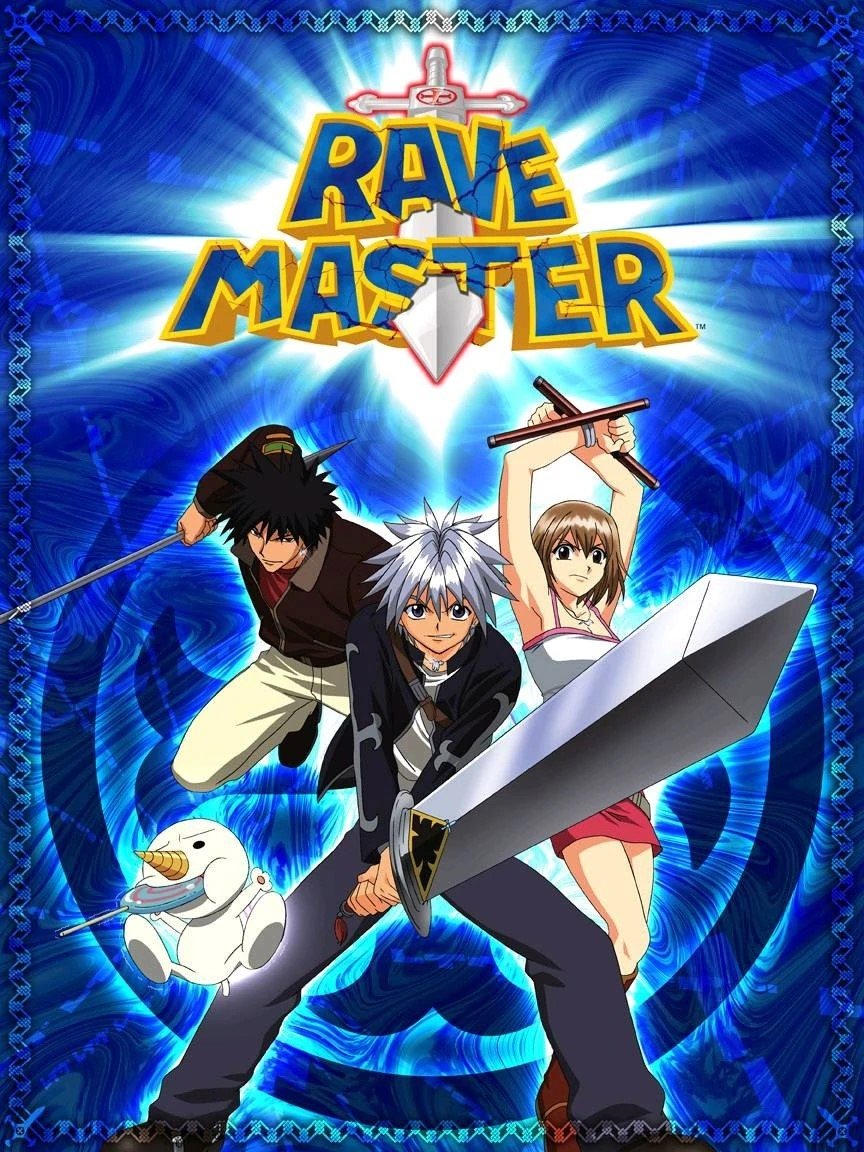
The animated adaptation of Hiro Mashima’s early hit series looks cheap and has been heavily censored. The story is cut off right when it’s starting to get really interesting, and changes to characters and names in the English version have frustrated viewers. Ultimately, the series doesn’t finish the quest for the Rave Stones or the fight against Demon Card, leaving the story unresolved.
‘His and Her Circumstances’ (1998–1999)
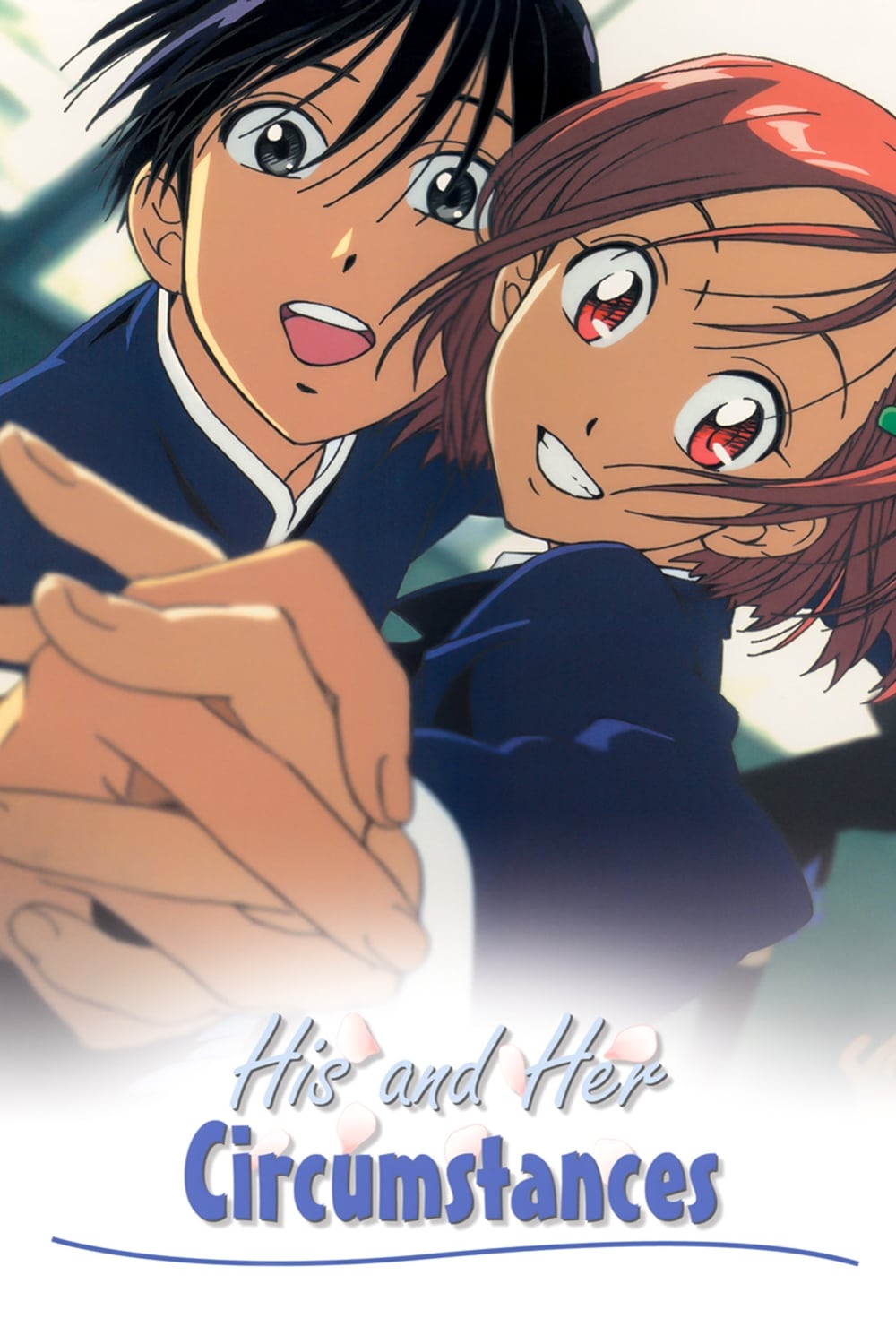
This adaptation suffered from problems during production and disagreements between the director and the original manga creator. Towards the end, the show had to use very simple animation – like paper cutouts – because of a lack of funds. The story also ends suddenly, leaving the main characters’ romantic relationship and personal struggles unresolved. A change in tone from a serious drama to a more abstract, comedic style halfway through turned off many viewers who were interested in the characters’ relationship.
‘Flame of Recca’ (1997–1998)
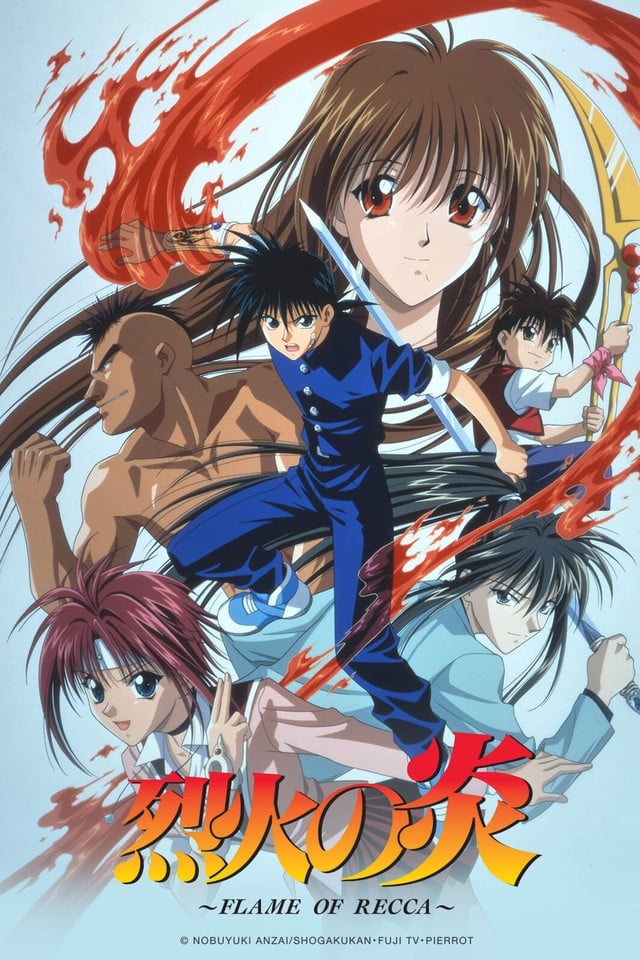
As a fan, I was really enjoying the anime’s adaptation of the early tournament, but it ended before things got into the bigger story with the Tendou Jigoku. The last fight they showed was new and, honestly, felt a little rushed – the villain’s reasons weren’t as complex as in the original. Plus, a lot of the cool magical weapons and what they could do weren’t really explained, or they changed how they worked. It’s a shame because it left the history of the Hokage clan feeling unfinished and a lot of mysteries unanswered.
‘Trigun’ (1998)

Because the anime series was made before the manga finished, it had to create its own ending to the rivalry between Vash and Knives. The anime also changes some details about the Seeds and the plants themselves. Though the anime is well-loved, it doesn’t explore the deeper philosophical ideas present in the manga. The manga goes on much further than the anime, adding complex science fiction elements that aren’t in the show.
Share your thoughts on which anime adaptation disappointed you the most in the comments.
Read More
- Broadcom’s Quiet Challenge to Nvidia’s AI Empire
- Heights Capital Bets $16M on ImmunityBio: A Calculated Gamble?
- How to Do Sculptor Without a Future in KCD2 – Get 3 Sculptor’s Things
- How Bank of America is Poised to Thrive in the Coming Years
- Comparing Rivian and Lucid: The Future of Electric Vehicle Stocks
- Odyssey of Avalanche: DeFi’s New Darling, Zero Lockups! 🚀🎩
- Gold Rate Forecast
- METH PREDICTION. METH cryptocurrency
- Transformers Projects Under Review by Skydance: Michael Bay Version Included
- Thunderbolts Actors Reportedly Clash During Avengers: Doomsday Shoot
2025-11-21 17:23